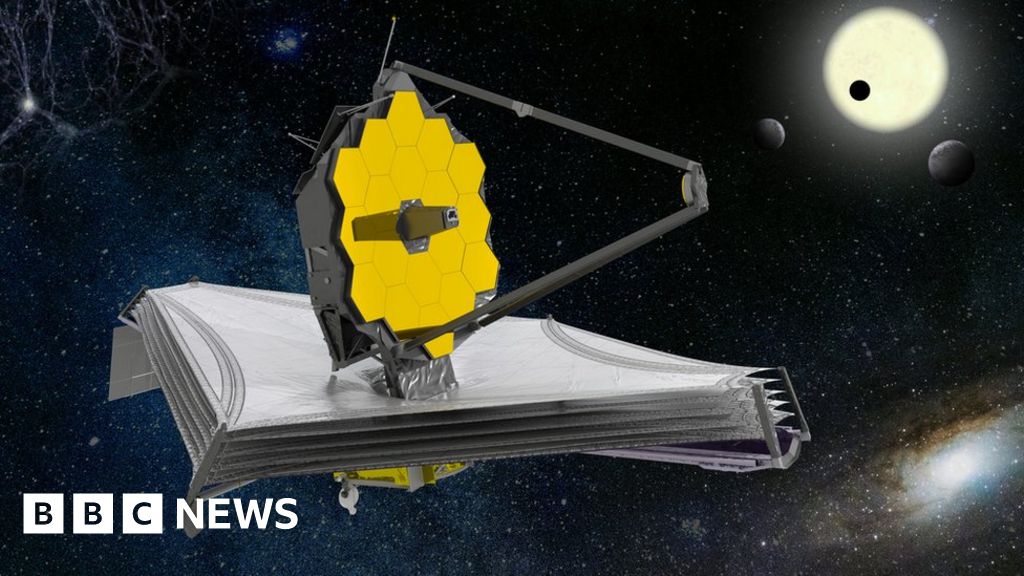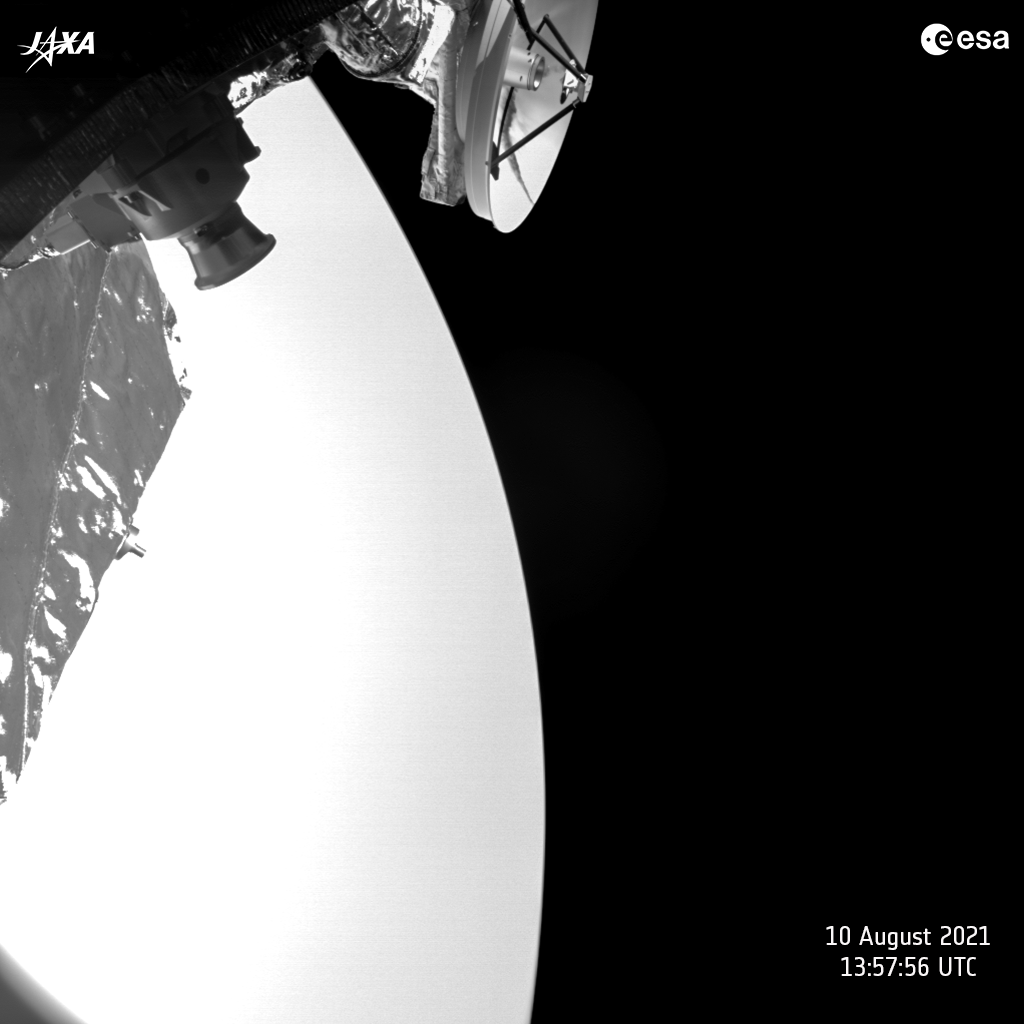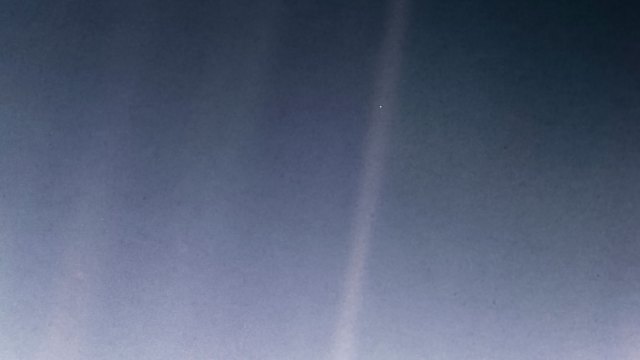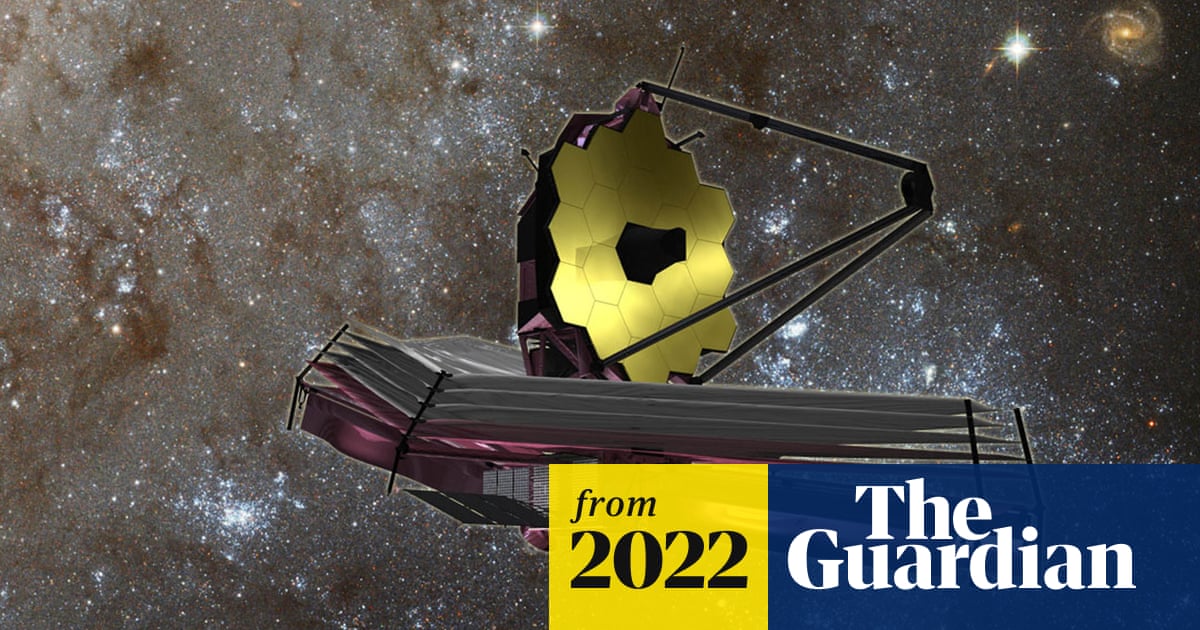Maybe, but it was said that there were 300 something single point failures, that if this one thing didn't work as planned the mission was a bust. And I know that several of those were part of the unfolding.My guess is that there is a certain amount of redundancy built in - if a few pulleys malfunction the others can take over their job in order to ensure the tasks get done,. and vice versa. The whole project isn't a bust just because one pulley motor doesn't work.

You are using an out of date browser. It may not display this or other websites correctly.
You should upgrade or use an alternative browser.
You should upgrade or use an alternative browser.
James Webb Space Telescope
- Thread starter Foxbat
- Start date
Assuming that the big bang and current standard model we are using at the moment, is more or less correct...Okay, here's something I don't understand.
The Webb telescope will be able to pick up signals from the earliest time in the formation of the universe. Those signals have been traveling towards us for billions of years. That means we're billions of light-years away from the source of the signals. How, if we aren't traveling at the speed of light, has there been enough time for us to get so far away?
Or to put it another way, if those signals are traveling at the speed of light, how come they didn't pass us years ago? How come they're only just catching up with us now?
...currently our estimate for the size of the observable universe is a sphere with a radius of about 46 billion light years around us. Which you will note is much bigger than 13.8 billion - which is roughly our estimate for the age of the universe. How can we see something 46 billion light years away if there has only been 13.8 billion years?
This disparity is caused by the expansion of the universe, which has been continually occurring since the start (very fast right at the start with inflation - a long bit of slower expansion afterwards - and, we currently believe, dark energy now accelerating it)
This expansion has two impacts. First, it increases the distance between objects and the bigger the distance between the two objects the faster the expansion - this expansion is a function of space-time, not a force on matter and photons etc. And space-time does not need to observe the constraint of the speed of light. Thus we suspect that the real universe is many times bigger than we can observe, because beyond a certain point the very distant universe would be expanding so fast that light emitted in a very distant part would never be able to reach us.
The second is that any photons emitted will get 'stretched' by this expansion and become red-shifted. Thus the earliest 'object' we can see is the cosmic microwave background radiation, which is the burst of light that decoupled when the universe cooled enough for neutral hydrogen to form - about 370,000 years after the big bang. At the time I believe it was a blackbody radiation at about 3000K. It is now a blackbody radiation of about 2.7K. In wavelength terms the photons have been stretched just over 1000 times in wavelength.
Thus the possibility that the James Webb telescope might see objects that formed in the very early universe - such as population III stars, because all the light emitted at that time will have been redshifted to infrared/microwave.
So TL;DR:
The expansion of the universe means that we are only now getting light from certain parts of the universe, and it is these areas that we can see as they were at the earliest times.
Confusingly these areas are now much further away in real distance than the lifetime of the universe, but this can be accounted for by the expansion of the universe as well.
If you want a simple analogy. Think of a balloon that can be blown up indefinitely. Mark two spots on it. They are, say, galaxies A and B. The expansion of the universe is this balloon inflating constantly and getting bigger. As it does so the distance between A and B gets bigger. Now train an ant to walk between A and B at a constant speed - think of that as a photon being emitted from A towards B! As the expansion increases the distance the ant is still stuck at walking at the same speed, therefore will take longer to reach B.
Excellent. Many thanks.Assuming that the big bang and current standard model we are using at the moment, is more or less correct...
...currently our estimate for the size of the observable universe is a sphere with a radius of about 46 billion light years around us. Which you will note is much bigger than 13.8 billion - which is roughly our estimate for the age of the universe. How can we see something 46 billion light years away if there has only been 13.8 billion years?
This disparity is caused by the expansion of the universe, which has been continually occurring since the start (very fast right at the start with inflation - a long bit of slower expansion afterwards - and, we currently believe, dark energy now accelerating it)
This expansion has two impacts. First, it increases the distance between objects and the bigger the distance between the two objects the faster the expansion - this expansion is a function of space-time, not a force on matter and photons etc. And space-time does not need to observe the constraint of the speed of light. Thus we suspect that the real universe is many times bigger than we can observe, because beyond a certain point the very distant universe would be expanding so fast that light emitted in a very distant part would never be able to reach us.
The second is that any photons emitted will get 'stretched' by this expansion and become red-shifted. Thus the earliest 'object' we can see is the cosmic microwave background radiation, which is the burst of light that decoupled when the universe cooled enough for neutral hydrogen to form - about 370,000 years after the big bang. At the time I believe it was a blackbody radiation at about 3000K. It is now a blackbody radiation of about 2.7K. In wavelength terms the photons have been stretched just over 1000 times in wavelength.
Thus the possibility that the James Webb telescope might see objects that formed in the very early universe - such as population III stars, because all the light emitted at that time will have been redshifted to infrared/microwave.
So TL;DR:
The expansion of the universe means that we are only now getting light from certain parts of the universe, and it is these areas that we can see as they were at the earliest times.
Confusingly these areas are now much further away in real distance than the lifetime of the universe, but this can be accounted for by the expansion of the universe as well.
If you want a simple analogy. Think of a balloon that can be blown up indefinitely. Mark two spots on it. They are, say, galaxies A and B. The expansion of the universe is this balloon inflating constantly and getting bigger. As it does so the distance between A and B gets bigger. Now train an ant to walk between A and B at a constant speed - think of that as a photon being emitted from A towards B! As the expansion increases the distance the ant is still stuck at walking at the same speed, therefore will take longer to reach B.

Nasa begins months-long effort to focus James Webb space telescope
The revolutionary new scope could provide a glimpse of the cosmos dating back billions of years, but first some painstaking adjustments are needed
Well, it's finally in the right place, at least. Just hope that all the final unfolding goes to plan!


James Webb telescope parked in observing position
The $10bn successor to Hubble is parked a million miles from Earth after a 30-day journey from Earth.
www.bbc.co.uk
Facebook asked me if I wanted to join a FB group on the JWT. Irrespective of how it ascertained my interest (presumably somehow accessing the stories I read on the BBC website), I said yes.
Really looking forward to some stunning images.
Really looking forward to some stunning images.
Nice summary of what to expect from the telescope
I receive a notification from the New Scientist app that the telescope has sent back its first picture - of itself. Disappointingly the New Scientist website has no further info and I can't find anything related on the web.
Anyone heard anything?
Update: just found this:

 www.newscientist.com
www.newscientist.com
Anyone heard anything?
Update: just found this:

James Webb Space Telescope just sent back its first image - of itself
NASA engineers working to align the 18 hexagonal mirrors of the James Webb Space Telescope have released its first pictures. One shows the same star appearing 18 times, while a camera also took a 'selfie' of the mirrors
I receive a notification from the New Scientist app that the telescope has sent back its first picture - of itself. Disappointingly the New Scientist website has no further info and I can't find anything related on the web.
Anyone heard anything?
Update: just found this:

James Webb Space Telescope just sent back its first image - of itself
NASA engineers working to align the 18 hexagonal mirrors of the James Webb Space Telescope have released its first pictures. One shows the same star appearing 18 times, while a camera also took a 'selfie' of the mirrorswww.newscientist.com
All my astronomy channels are going full tilt! Dr Becky here explains in a bit more depth:
Elckerlyc
"Philosophy will clip an angel's wings."
Well, 18 mirrors, 18 stars. That's good news.
Amazing. Good news indeed.
Elckerlyc
"Philosophy will clip an angel's wings."
Selfies weren't invented yet in those days.
I think not. But I don't think Voyager had the ability to take pictures that had itself in it.A somewhat frivolous question but is this Webb selfie the furthest selfie taken in space? Or did Voyager have a selfie capability?
But, I'm pretty sure a Venus probe took a selfie of itself...Just checked, it took it while passing Venus, it was on way to Mercury!

BepiColombo Spacecraft Headed for Mercury Takes a Photo with Venus Along the Way
The European-Japanese spacecraft BepiColombo has taken a selfie with Venus on its way to another planet, Mercury.
Another Japanese mission that was there to test solar sails (and also in the vicinity of Venus I believe, and I think this was the one I was thinking of) also had a small camera orbit the spacecraft and took piccies

Mini-camera pictures Japan's Ikaros solar sail
A small free-floating camera returns images of Japan's solar sail, Ikaros, in flight.
www.bbc.co.uk
What about the rovers on Mars? They are probably, in general, further away from Earth.
Does the Pale Blue Dot picture qualify as a selfie?

 solarsystem.nasa.gov
solarsystem.nasa.gov

The Pale Blue Dot - Revisited - NASA Science
The Pale Blue Dot is a photograph of Earth taken Feb. 14, 1990, by NASA’s Voyager 1 when it was 3.7 billion miles (6 billion kilometers) from the Sun.
Of course! A long selfie stick...Does the Pale Blue Dot picture qualify as a selfie?

The Pale Blue Dot - Revisited - NASA Science
The Pale Blue Dot is a photograph of Earth taken Feb. 14, 1990, by NASA’s Voyager 1 when it was 3.7 billion miles (6 billion kilometers) from the Sun.solarsystem.nasa.gov

Spacewatch: Nasa’s Webb telescope mirror alignment continues
Seven-step process to enable segments to work as a single mirror nears halfway point
Three of the seven stages of mirror alignment completed.
Similar threads
-
-
Inspector Dalgleish Novels by P. D. James (not adaptations)
- Started by Extollager
- Replies: 3
-
The Night Land A Story Retold By James Stoddard And William Hope Hodgson
- Started by BAYLOR
- Replies: 3
-
James Webb Space Telescope Proves Hubble's Observations Are Accurate
- Started by Robert Zwilling
- Replies: 0
-
James Webb telescope makes 'JuMBO' discovery of planet-like objects in Orion
- Started by Biskit
- Replies: 3
